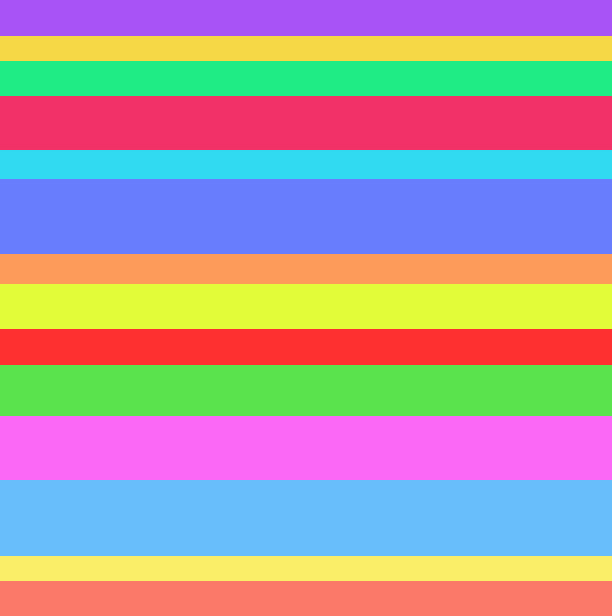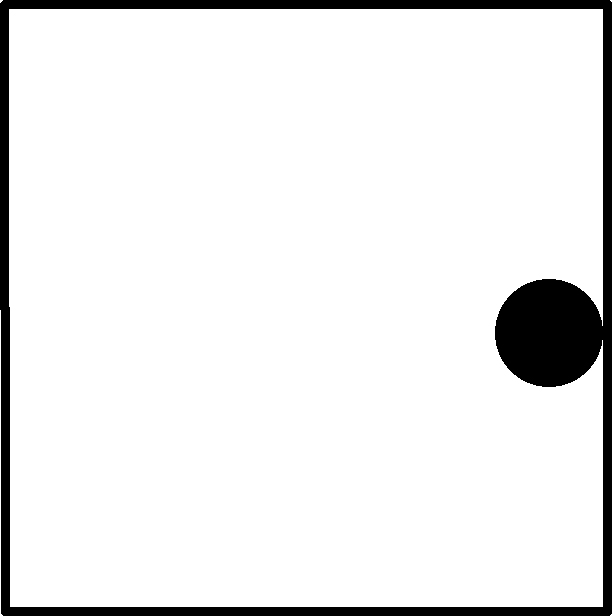Ana Petrović
visual artist
Race Thro
300 x 50 cm, foil on glass, 2015
Race Thro
300 x 50 cm, folija na staklu, 2015.
In the form of self-adhesive foil, a medium commonly used for decoration and advertising on shop windows, civil disobedience is called for: “I’ll pay you to break this drawing,” “Break out,” “Race thro” … Whether it’s about breaking, punching or running through, the potential for civil disobedience becomes a matter of personal choice. Seen information passes the ball to the viewer.
“It may sound obvious, but it’s important to keep in mind that art is not a natural product.”[1] The practices of the observer and the observed are merely byproducts of individuals occasionally finding temporary refuge through a network of intertwined influences such as history, culture and geolocation. In this sense, it is the viewer who completes the work. He is a key part of the recipe of any work because he is the one who produces the entire maze of meaning before, during and after encountering the work.
Whatever the viewer chooses – to ignore, think, record, act upon – the call to civil disobedience becomes a fact in the minds of those who have experienced it as a stepping stone to identifying their pebble in a shoe, a utopian catalyst for change and future friction in a social machine.
[1] How Art can be Thought, a Handbook for Change, Allan de Souza
In the form of self-adhesive foil, a medium commonly used for decoration and advertising on shop windows, civil disobedience is called for: “I’ll pay you to break this drawing,” “Break out,” “Race thro” … Whether it’s about breaking, punching or running through, the potential for civil disobedience becomes a matter of personal choice. Seen information passes the ball to the viewer.
“It may sound obvious, but it’s important to keep in mind that art is not a natural product.”[1] The practices of the observer and the observed are merely byproducts of individuals occasionally finding temporary refuge through a network of intertwined influences such as history, culture and geolocation. In this sense, it is the viewer who completes the work. He is a key part of the recipe of any work because he is the one who produces the entire maze of meaning before, during and after encountering the work.
Whatever the viewer chooses – to ignore, think, record, act upon – the call to civil disobedience becomes a fact in the minds of those who have experienced it as a stepping stone to identifying their pebble in a shoe, a utopian catalyst for change and future friction in a social machine.
[1] How Art can be Thought, a Handbook for Change, Allan de Souza



